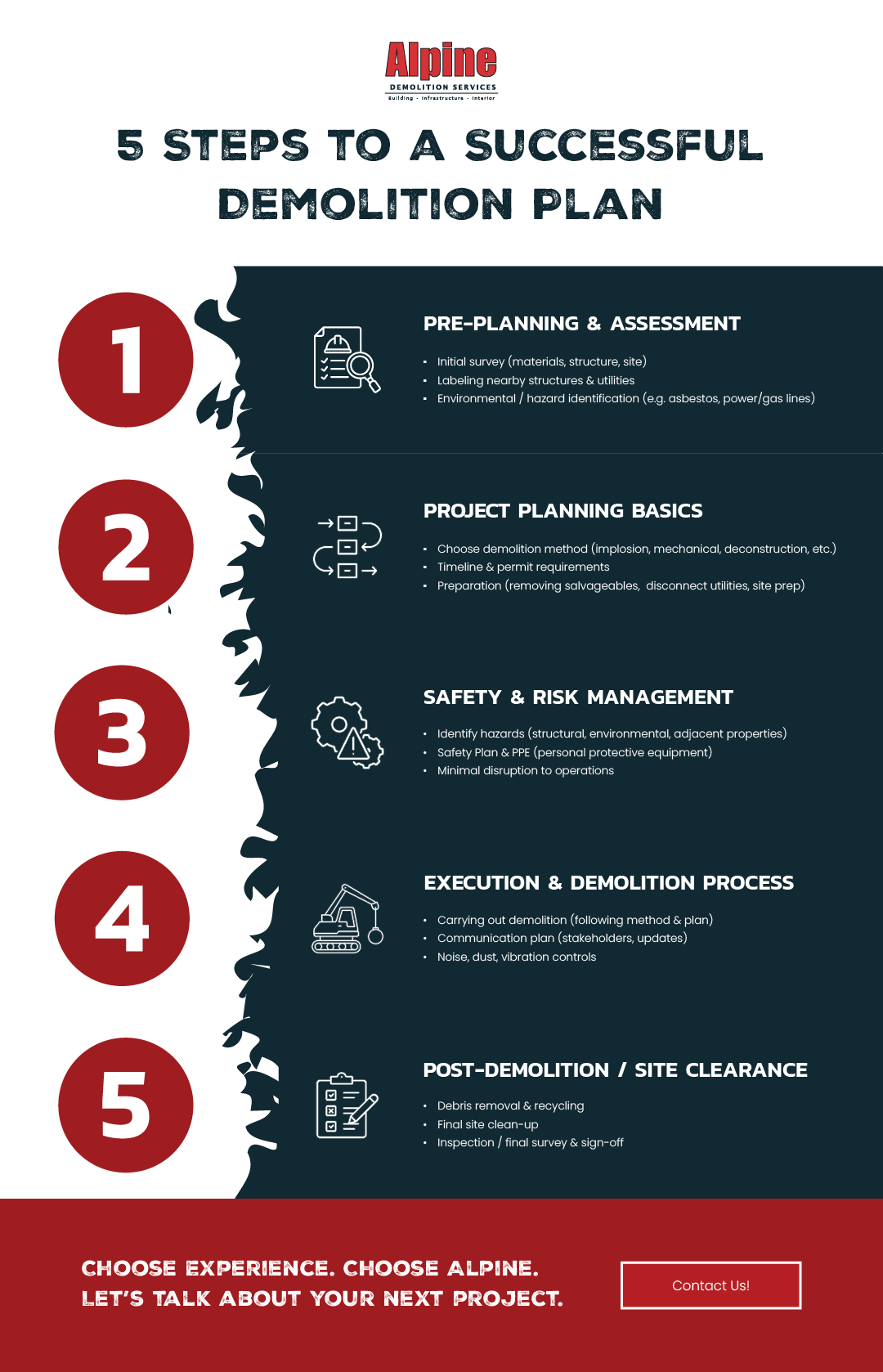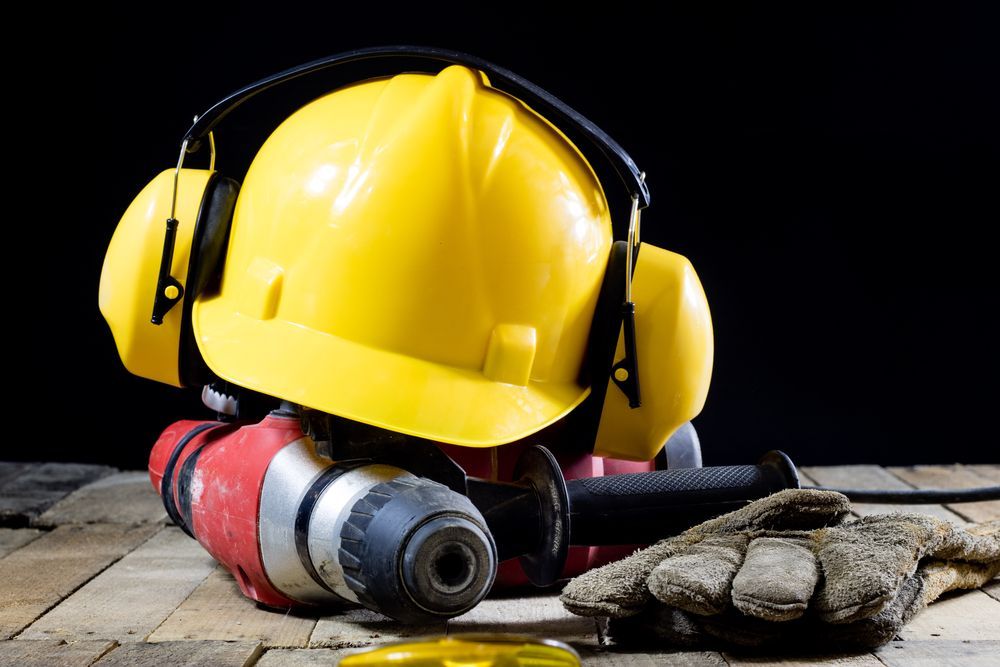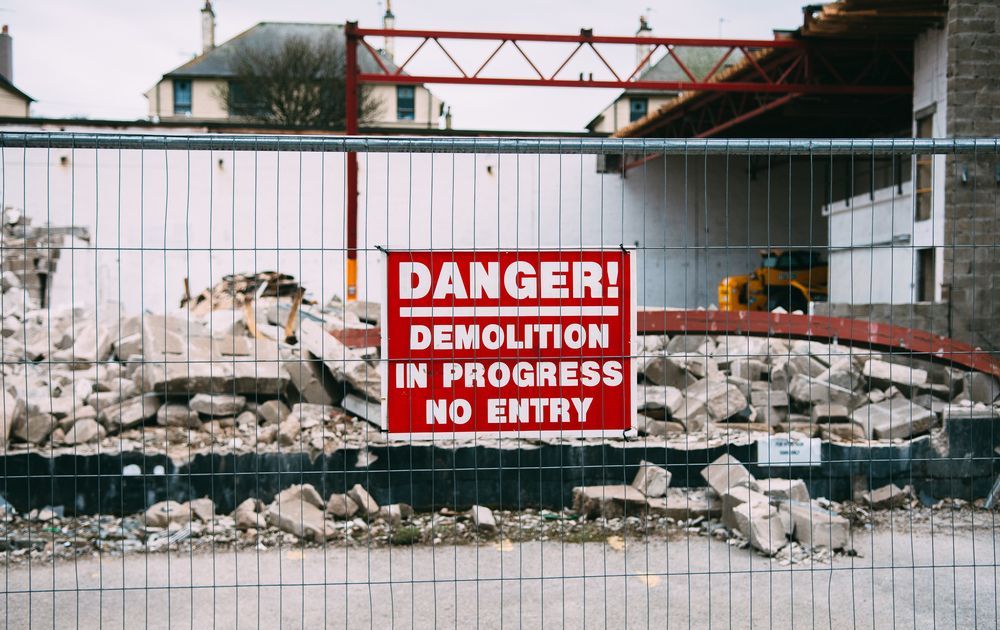Guidelines for Crafting a Demolition Plan
Share this article:
Written by: Alpine Demolition
Proper planning makes perfect - and there's perhaps nothing that sums up this phrase more than demolition planning.
As straightforward as bringing down a building may seem, it's actually far from simple. And while all the public sees is typically the implosion or dismantling of a structure, there's a lot of work that goes into demolition both before and after the building comes down as well. In this post, we'll cover the best practices for demolition planning guidelines. Here's a closer look at what you need to know:
Demolition Planning Essentials
Before any building can come down, a Demolition Work Plan (DWP) must be established. Demolition Work Plans ensure that a contractor is doing their homework and can carry out the demolition safely, effectively, and on budget. Several variables must be considered in any DWP, which we'll get to in the next two sections.
Understanding Demolition Planning
First, let's cover the basics that should be included in any good Demolition Work Plan:
- Details and Requirements: Before work can begin, the contractor needs a high-level overview of the property they will be working on, including topographical displays of the area in and around the property so any nearby structures can be addressed.
- Labeling: Any nearby structures or properties should be properly labeled, including elevations and foundation information.
- Preview: A proposed view of the site, or a preview of the area after demolition, should be accounted for.
- Environmental Impact: Finally, demolition jobs often impact more than just the property that you're taking down, but the surrounding area as well. On this note, any environmental concerns must be addressed.
Identifying Risks and Hazards
Demolition jobs come with their fair share of risks and hazards - from the potential of working with hazardous materials like asbestos to managing noise during daytime work hours. Any Demolition Work Plan must account for such variables. These may include:
- Structural integrity
- The presence of asbestos on-site
- Access and egress
- Above-ground services, such as power and gas lines and water lines
- Noise management
Project Planning Basics
A demo plan goes hand-in-hand with a project plan - and any good project plan should consist of a demolition timeline, the demolition method that's to be used, and more.
Demolition Project Overview
Depending on the size and scale of the property, a demolition job may take anywhere from a few weeks to several months to even many years. For instance, commercial demolition jobs tend to take much longer than residential demo jobs. But in either case, the properties need to be properly surveyed, risks must be identified, and a plan must be put in place.
One of the biggest things that any demo plan will help influence is the method that's used. Some of the common types of demolition include implosion, deconstruction, mechanical demolition, or a combination of more than one method.
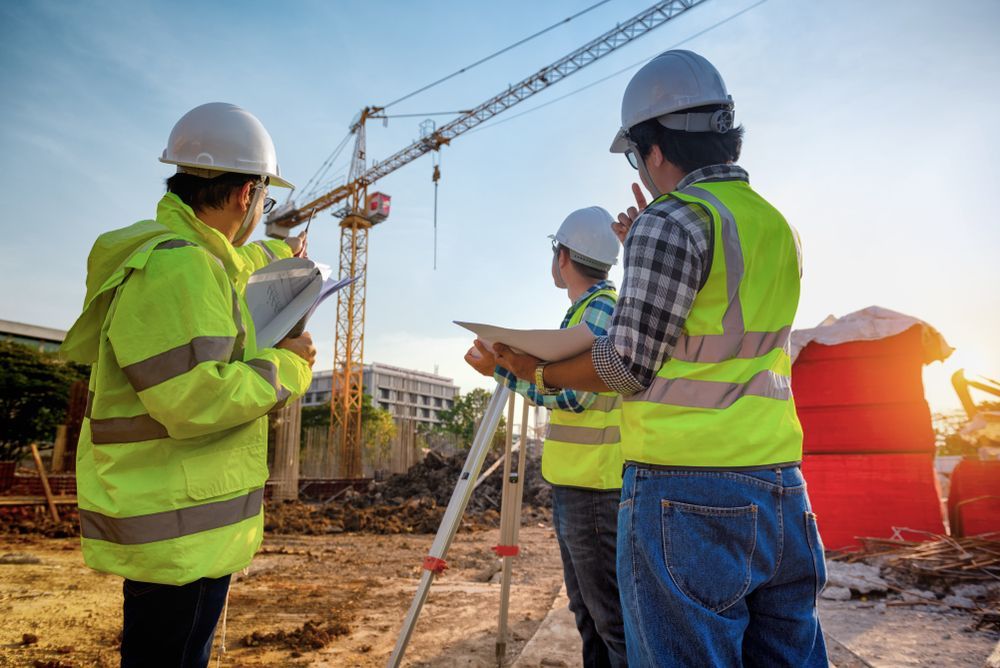
Professional Planning Steps
Demolition planning begins with an initial survey of the property and site. From there, the structural integrity can be determined, risks are identified, and a more detailed plan can be crafted.
The initial survey should be very detailed and include everything from the construction materials used to build the property to assessments of any adjoining or nearby facilities to how noise, dust, and any vibration will be managed.
Building Demolition Insights
Basics of Building Demolition
Demolition is essentially the dismantling of an existing property. Demolition may occur for a variety of reasons. For instance, an existing structure may no longer be structurally safe, or a property may be abandoned and deteriorating. In these situations, demolition is often necessary.
In other cases, a new owner may have acquired a piece of property and want to develop it based on their vision.
Either way, there are several methods for bringing down a building. And while all methods still require the same level of meticulous upfront planning to ensure successful execution, some are faster than others. Implosion, for instance, is the fastest method of demolition. Deconstruction and manual demolition tend to be more tedious and involve taking apart a property piece by piece. Mechanical demolition often involves the use of equipment, like excavators and cranes, to dismantle a property.
Step-by-Step Demolition Process
As we've noted throughout this piece, the demolition process is complex and must include a high level of detail - from the initial survey through cleanup and debris removal. Here's a brief overview of the steps involved:
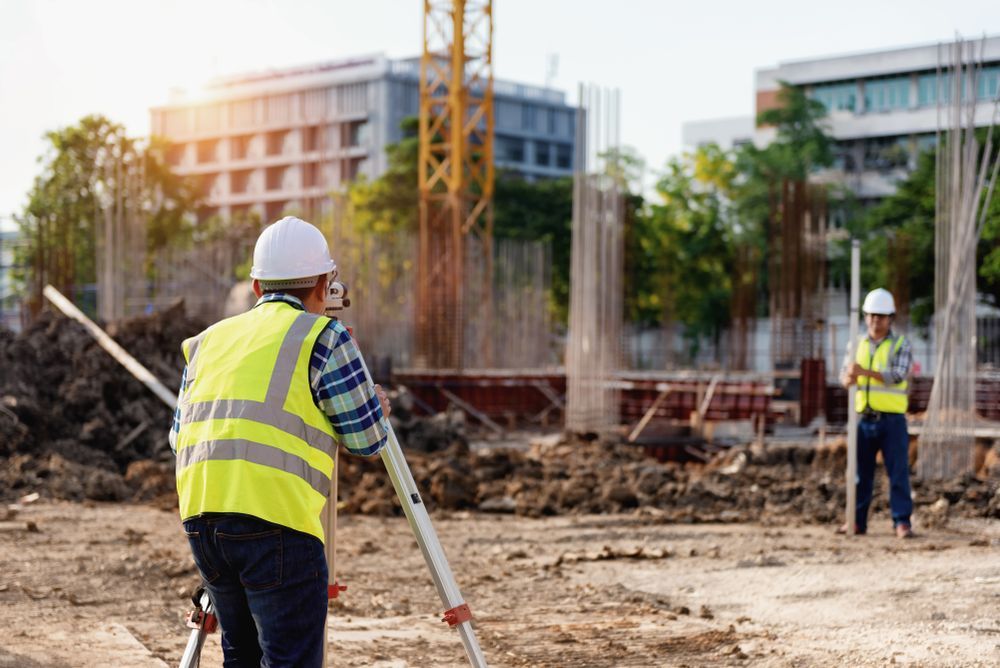
- Survey: The initial survey helps influence planning.
- Permits: Before demolition can occur, all the necessary permits need to be pulled.
- Preparation: Prepping a building for demolition often includes removing valuables and salvageable building parts, hazardous material abatement, turning off utilities, and finalizing the demolition plan.
- Safety: Workers must ensure that they're following the plan and wearing the right PPE when on site.
- Demolition: After meticulous planning, demolition can take place.
- Site Clearance: The final step is removing construction debris from the site. This often includes sorting materials based on what can be recycled.
Safety and Advanced Planning
Ensuring Safety During Demolition
From hazardous material identification to ensuring workers stay safe throughout demolition work, a safe worksite is paramount to ensuring a successful job.
We've already talked about how hazardous materials should be identified and removed, but there are other safety measures to consider as well. These should all be included in a robust safety plan that outlines risk and ensures compliance with established safety standards.
Effective Communication
Any good demolition job must have an effective communication plan in place. A client needs to know the best way to get in touch with contractors to resolve issues - and vice versa. The best way to quickly get in touch with the respective parties and stakeholders on a demolition job is something that should be discussed while in the planning stages of a job.
Conact Alpine Demolition Today
For more information on how to plan a successful demolition, contact Alpine Demolition today.

